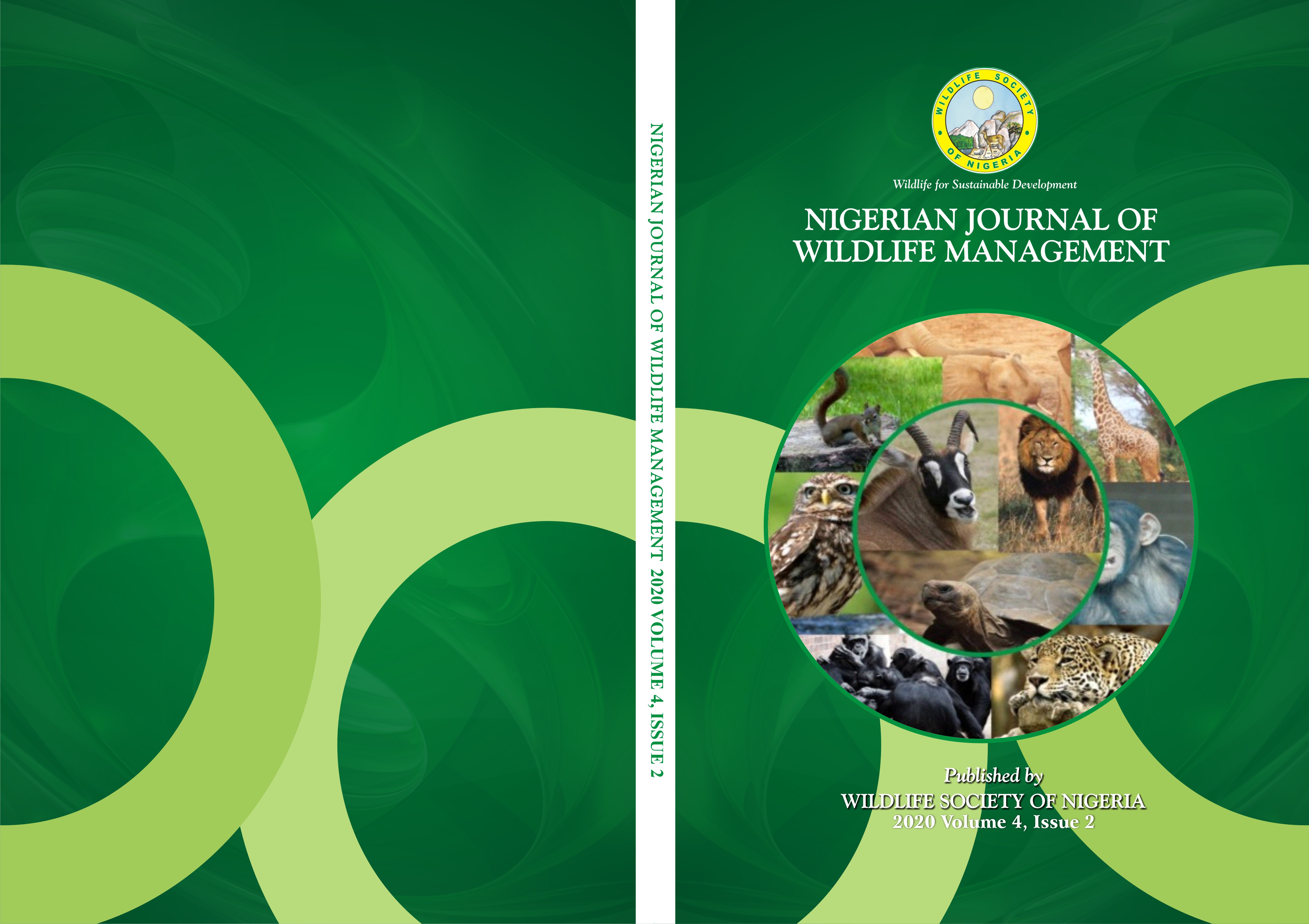Pattern of Occurrence, Abundance and Threats to the Common Hippopotamus (Hippopotamus amphibious) along Oli River, Kainji Lake National Park, Nigeria
Keywords:
Hippopotamus, occupancy, abundance, threatsAbstract
This study determined the common hippopotamus occupancy, abundance and threats in Kainji Lake National Park (KLNP), Nigeria. Data obtained through line transect method, point count method and oral interview were analyzed using descriptive statistics, ANOVA and QGIS. Six pools along the Oli river were occupied by Hippopotami during the dry season. The mean population size for hippos during the late dry season was 22±1.35 (84% adults and 16% calves) with a population density of 0.69hippo/km, while the early rainy season mean population size was 4±0.00 (100% adults). The difference in the mean number of hippos was significant at P<0.05 across the pools. Hippopotamus in KLNP are threatened by poaching, pollution,
uncontrolled burning, and severe weather condition. The number of hippos recorded was low, and may be connected to the varying threat factors impacting the population. There is a potential of future increase, if the threats are greatly reduced or eliminated.

